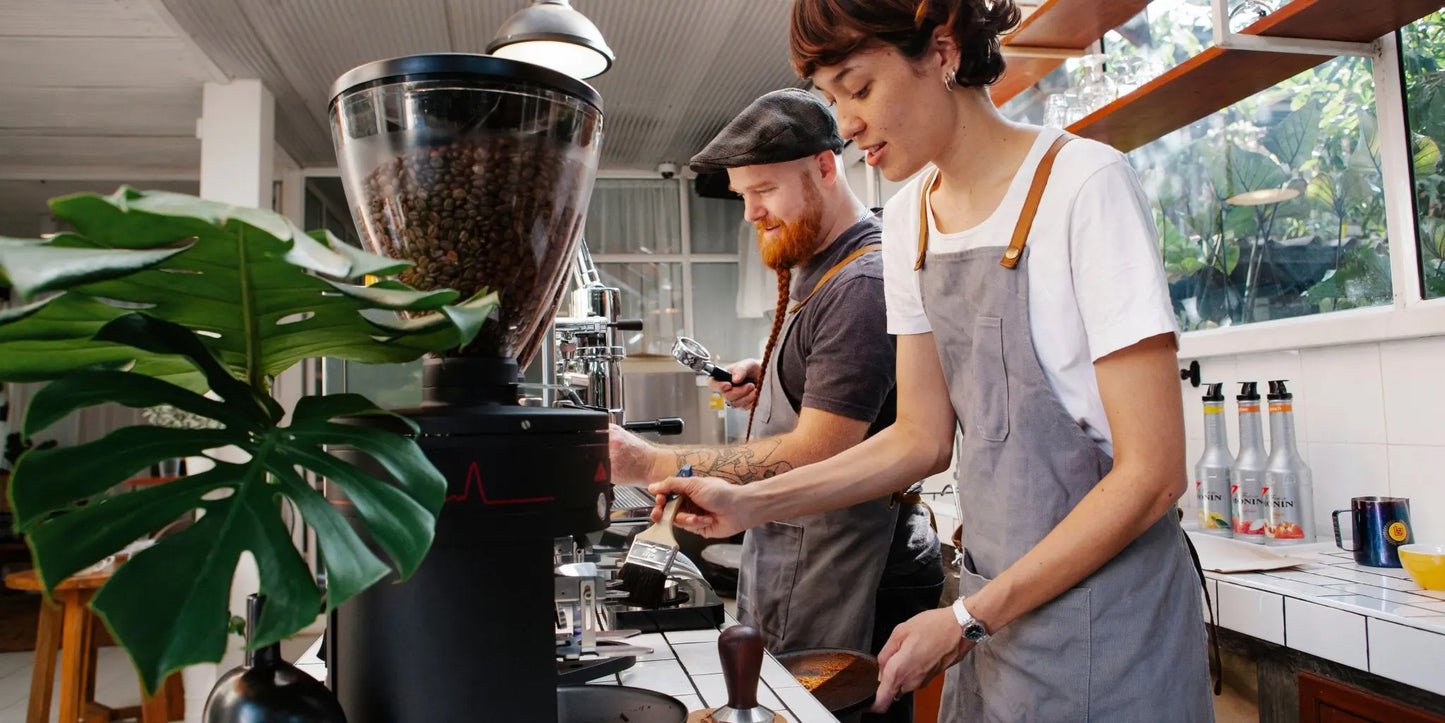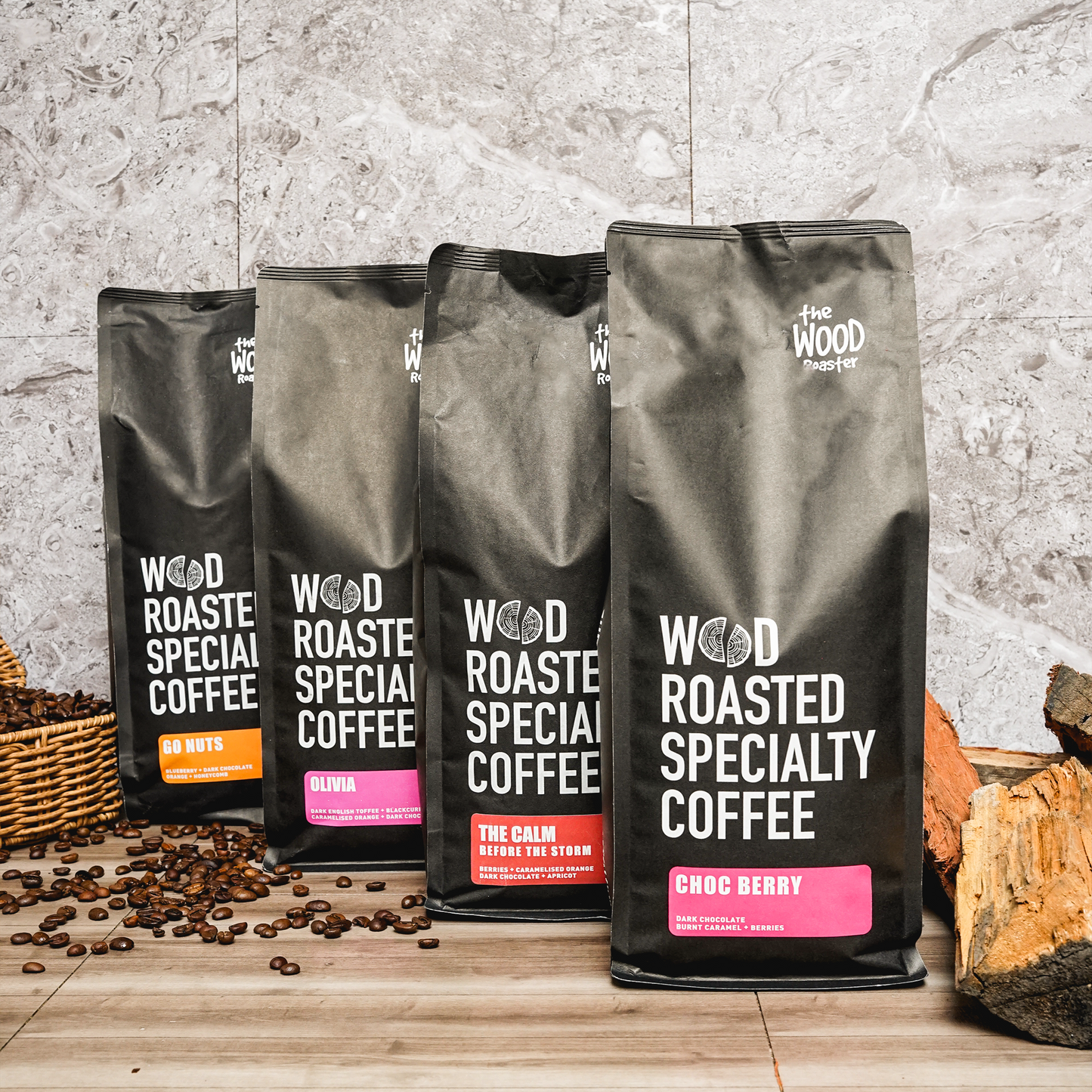
Working in a cafe, you know that achieving the perfect cup of coffee is an art that involves several variables. One of the most crucial factors influencing the taste and aroma of your brew is the grind. However, did you know that temperature plays a significant role in the grind consistency and extraction process? Today, we will explore the relationship between temperature and coffee grinder adjustments and how you can optimize your grind settings for different temperature conditions.
The Grinder and Its Role in Coffee Extraction
Before diving into temperature adjustments, let's quickly review the importance of the coffee grinder in the extraction process. The grinder is responsible for breaking down coffee beans into consistent particle sizes. Grind size directly affects the surface area of the coffee particles, which in turn influences the extraction rate and the flavors present in your final cup.
How Temperature Affects Coffee Grinding
Temperature can have a considerable impact on coffee beans and their grinding properties. Several key factors are worth noting:
-
Bean Density: Coffee beans change density with temperature fluctuations. Higher temperatures can lead to expanded beans, which might result in irregularities in the grind size. Conversely, lower temperatures can cause beans to contract, potentially leading to finer grind particles.
-
Humidity: Temperature often correlates with humidity levels. High humidity can cause coffee beans to absorb moisture, making them softer and altering their grinding characteristics. This can lead to clumping and inconsistent grind sizes.
- Grinder Burrs: Coffee grinders equipped with metal burrs can be affected by temperature variations. Metals expand and contract with temperature changes, potentially altering the grinder's calibration and grind consistency.
Adjusting Your Grinder for Temperature Changes
As a café owner, it is important to equip your baristas with the knowledge and skills to adapt their coffee grinders to temperature fluctuations. Here are some tips to consider:
-
Regular Calibration: Calibrate your grinders regularly, especially when experiencing significant temperature shifts. Calibration ensures that the grinder is set to the right fineness or coarseness, providing a consistent grind size. Always refer to your recipe. Eg. 24g in, 48g out in 30 seconds. If you notice a change in your recipe due to temperature changes, calibrate your grinder according to your recipe.
-
Temperature Monitoring: Monitor the temperature and humidity in your coffee storage areas and brewing spaces. You can use simple hygrometers and thermometers to get accurate readings. This awareness will help you anticipate potential grind changes and make necessary adjustments.
-
Test and Adjust: When faced with temperature variations, run a few test grinds to assess the impact on the coffee extraction. You’ll then need to adjust the grind settings accordingly to achieve the desired extraction rate. For example, you may need to adjust your grind as the day warms up and then readjust when reopening in the morning.
As a cafe owner you have the opportunity to empower your barista’s with the knowledge needed to create the perfect cup of coffee consistently. By understanding the relationship between temperature and coffee grinder adjustments, you can maintain grind consistency and ensure optimal flavor extraction.
Remember to emphasize the importance of regular grinder calibration, temperature monitoring, and test grinds to achieve the desired extraction results. With these tips, you can elevate your coffee game and provide exceptional coffee experiences to your customers, reinforcing your brand as a reliable source of high-quality coffee.

